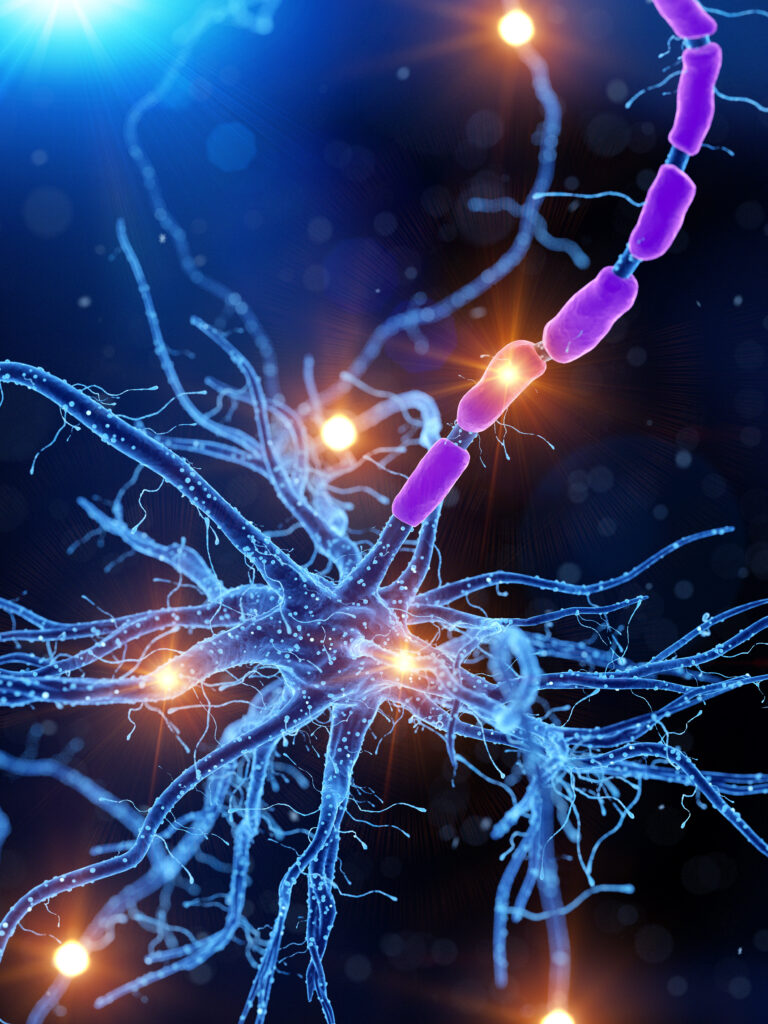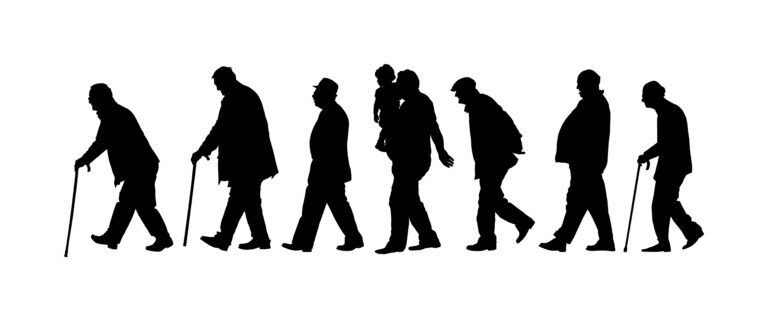Jazzercise is a popular form of dance-based exercise that combines jazz dance, strength training, and cardio activities. It has been around since the late 1960s and has evolved into a fun and effective workout for people of all ages and fitness levels. While many people are drawn to Jazzercise for its high-energy music and dance routines, it also has some surprising benefits for coordination and cognitive function.
Coordination is the ability to use different parts of the body together smoothly and efficiently. It is an essential aspect of physical fitness and plays a significant role in our daily activities such as walking, running, and even typing. Poor coordination can lead to clumsiness, difficulty with daily tasks, and even an increased risk of injury. Jazzercise can help improve coordination in several ways.
Firstly, the dance routines in Jazzercise involve a combination of different movements that require coordination between the arms, legs, and core muscles. As you follow along with the instructor’s movements, your brain is constantly sending signals to your muscles to move in sync. This repetitive movement pattern helps to train and improve coordination over time.
Additionally, the music used in Jazzercise is carefully selected to match the tempo and rhythm of the movements. This synchronization between the music and movements requires a high level of coordination and can help improve timing and rhythm skills. As you become more proficient in the routines, your coordination will improve, making the movements feel more natural and effortless.
Another aspect of Jazzercise that can impact coordination is its emphasis on balance. Many of the dance moves require you to shift your weight from one foot to another, engaging your core muscles to maintain balance. This constant challenge to your balance helps to strengthen the muscles responsible for coordination and stability.
In addition to coordination, Jazzercise has also shown potential benefits for cognitive function. Cognitive function refers to our ability to think, learn, and remember information. It includes skills such as attention, memory, and problem-solving. As we age, our cognitive function can decline, leading to memory loss and difficulty with daily tasks.
Studies have shown that regular exercise, such as Jazzercise, can improve cognitive function in older adults. The physical activity involved in Jazzercise increases blood flow to the brain, delivering oxygen and essential nutrients that help to keep the brain healthy and functioning optimally.
The coordination aspect of Jazzercise also plays a significant role in improving cognitive function. The brain and muscles must work together to execute the dance routines, which requires focus and concentration. This mental engagement can help improve attention and memory skills over time.
Furthermore, the social aspect of Jazzercise can also impact cognitive function. Attending regular classes and interacting with others can help reduce feelings of loneliness and isolation, which are known to have negative effects on cognitive function. Additionally, exercising with others can provide a fun and supportive environment that can motivate individuals to stick to their workout routine, leading to long-term benefits for cognitive function.
In conclusion, Jazzercise is more than just a fun dance workout. It has the potential to improve coordination and cognitive function, making it an excellent form of exercise for people of all ages. By engaging in the high-energy dance routines and incorporating balance exercises, individuals can strengthen their coordination skills. Additionally, the mental engagement and social aspect of Jazzercise can lead to improved cognitive function and overall brain health. So, put on your dancing shoes and join a Jazzercise class today for a full-body and mind workout!





